In a previous post, New uses for old calendars, I wrote about how I clip images from old calendars to make giveaway gift tags for the buyers of my handmade items on Etsy. As I do so, I feel as if I’m not only honoring Mother Earth by recycling calendars that would otherwise be discarded, but I’m also providing additional value to my buyers.
Doesn’t giving away items from your shop or surplus supplies cut into a seller’s bottom line? Not necessarily. According to Kari Chapman of The Handmade Marketplace, “A great way to get your name and your wares into the public eye is to host a contest and give something away on your blog or website.” That’s certainly my motivation when I host a giveaway on this Web site. I’m looking for people who like to read what I write. And some of those people may also be interested in buying some of my handmade products.
“No matter what bloggers are giving away,” says fabric and pattern designer Amy Butler in Kathie Fitzgerald’s Crafting a Business, “a free pattern or a new book, readers respond. It’s a way to make them stop and think about your product. Offer your product to a blog you respect.”
That reminds me—if you haven’t already entered my crochet book giveaway, click on Current Giveaway on my navigation bar, and follow the directions in the post.
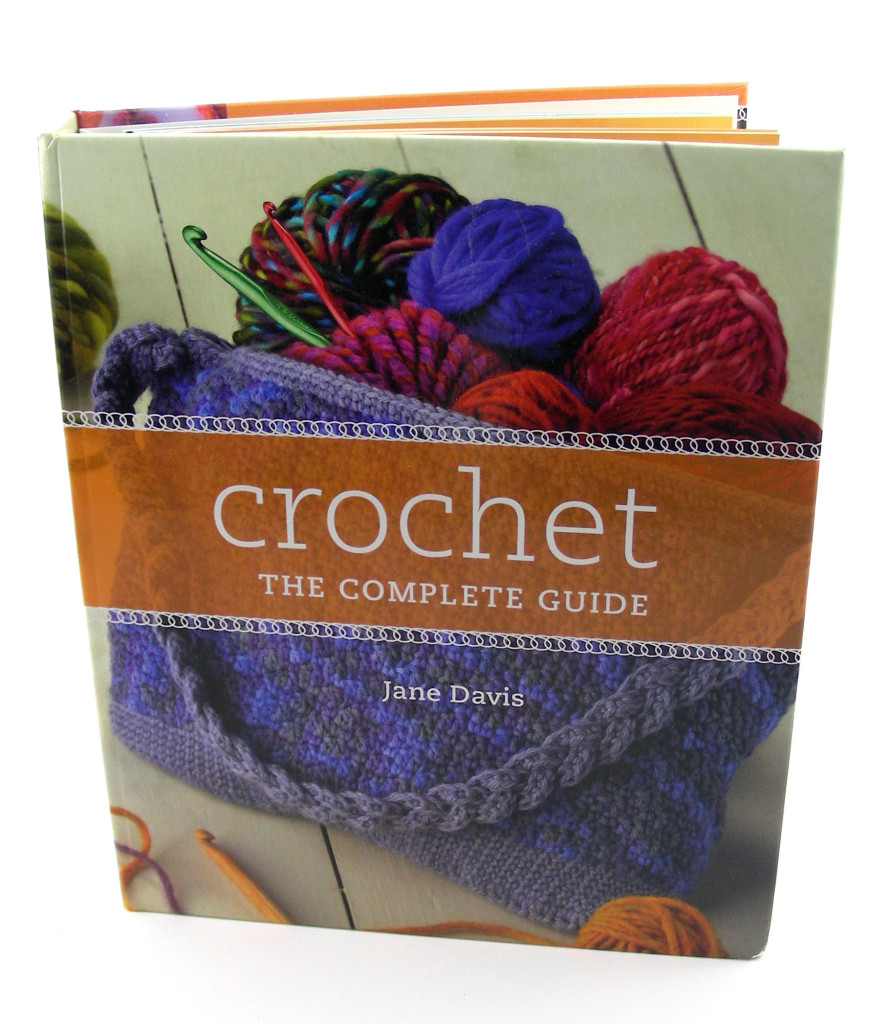 This process of give-and-return, where sellers give away a gift, a personalized thank you card, a discount, free shipping or something else often results in consumers providing a return by subscribing to a Web site, returning to a shop for repeat business, or providing positive (and public) feedback about the seller. It also illustrates a key marketing principle known as reciprocity. Reciprocity is a social-psychological need: people tend to want to give something back when something is received, especially when it is unexpected. In business, reciprocity can take many forms:
This process of give-and-return, where sellers give away a gift, a personalized thank you card, a discount, free shipping or something else often results in consumers providing a return by subscribing to a Web site, returning to a shop for repeat business, or providing positive (and public) feedback about the seller. It also illustrates a key marketing principle known as reciprocity. Reciprocity is a social-psychological need: people tend to want to give something back when something is received, especially when it is unexpected. In business, reciprocity can take many forms:
- Your order of X amount is rewarded with an on-the-spot discount or free shipping.
- You receive a personalized thank you in response to an order.
- Your order is accompanied by a small thank you gift.
- Your order arrives with a discount coupon for your next order.
- Your order gives you the opportunity to provide feedback.
In order for reciprocity to be meaningful, however, it must also be genuine, i.e., there shouldn’t be an expectation of return. “But in business,” says Lahle Wolf in The Principle of Reciprocity and How it Applies to Business, “there is an expectation of return; therefore, the Principle of Reciprocity should be built on trust by offering incentives to customers, but also by offering customer service and complaint resolution policies that inspire that trust.”
So, how does reciprocity work in practice? When I offer, for example, a book or product giveaway on this Web site, I cannot realistically expect that every person who enters the giveaway will become a devoted reader. I certainly hope so, however. To sweeten the giveaway, I try to provide useful or interesting content to the readers I hope to attract, making sure that every post is not a product advertisement for my handmade goods. In other words, I try to be genuine.
I am not alone in using reciprocity strategies to attract readers or would-be buyers. Read on to see how some fellow Etsy sellers apply the principle of reciprocity to their sales.
“I send or give out a discount or free shipping card with all of my orders, both online and at shows,” says jewelry designer and photographer Rose Clearfield of randomcreative in her post, Getting ready for my first 2012 event. Rose also includes a thank you card with her orders. “Either I use some sort of art card or a card that I made myself. I often include a small freebie gift too, especially around the holidays or with custom orders. People are purchasing handmade for the personal touch. I want to uphold a high standard of personal service for my buyers.”
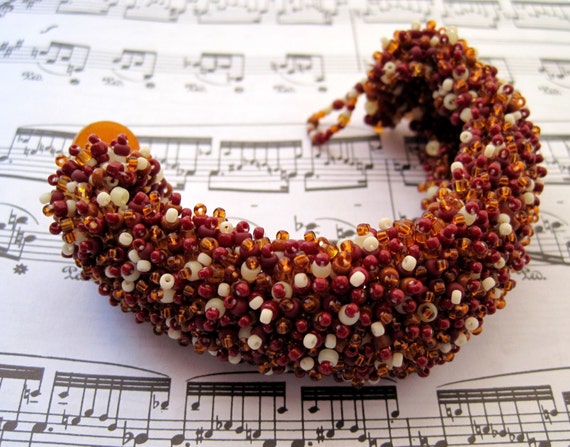
“When offering discounts for bulk orders, sometimes people will order more if I offer a larger discount for a larger quantity,” says Edi Royer of Memories for Life. “I always include a handwritten thank you note with each order and a couple of business cards. I think buyers are more likely to leave feedback or write me an email to let me know they received their gift and how they liked it. The more personal I make the transaction, the more likely they are to remember me.”
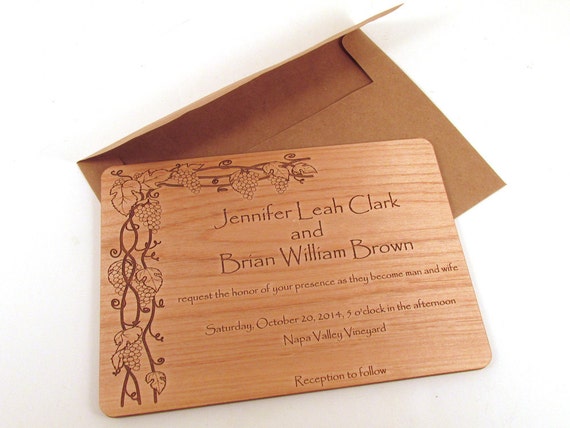
Although her Etsy shop is currently in “vacation mode,” polymer clay artist Zuda Gay says she “always include a thank you gift with every order. It varies, usually, depending on what the order was. If beads, then I include a bead; if ring or earrings or necklace, then a small pendant or earrings, etc. ” Zuda says she likes to show her appreciation for her customers, but she doesn’t expect anything in return. Her results vary: “Usually a thank you, but I really don’t do it for a return . . . but I think often I may have return customers because of it.”
“I give people a little handmade To-Do book, along with my business card,” says Deb of The Storybeader’s Bookshelf. Although she says she has not seen results, other than two or three repeat customers, I am certain her buyers appreciate the fact that her appreciation gift relates directly to the handmade journals she makes.

The first purchase I made on Etsy was a felted trinket box from Cozy Cottage Creations. The seller thanked me for my order by including a necklace with it. Her gift felt genuine to me, and definitely made me feel appreciated.
Kathryn of Musers, who sells stuffed fleece creatures, expresses her thanks for orders in a personal way. “I send a thank you card with a small hand-written message with every order. I also usually do a little drawing of the stuffie(s) purchased on the outside of the envelope. I think it’s touches like this that help keep people buying handmade items.”
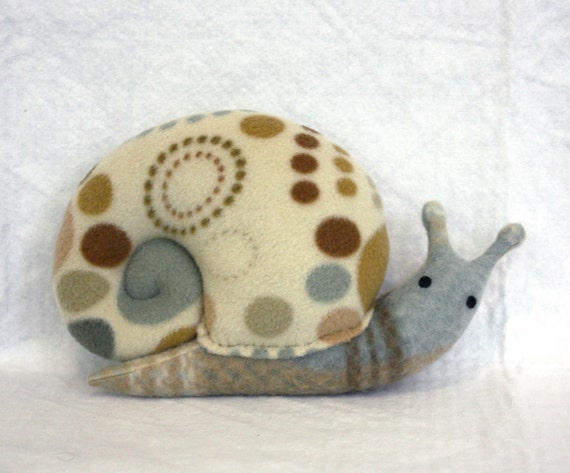
Marion Barnett of Artmixter, who designs fabric art and stitched photographs, and writes craft instruction books, says she uses a promotional post card to write a handwritten note to her customers when they make a purchase. “I want to create a warm, fuzzy glow in my customer, in the hope I’ll get some repeat business.”

Carol of Yankeegirl Art uses discounts during sales promotions or coupon codes to promote her business. “I do it largely to try and move older items. Sometimes I’ll do them to attempt to gain followers online, or draw followers from one spot to another.”

Nancy Fallon of N. Fallon Design Studio says she always sends a handmade and hand-written thank you card. “I make the cards myself—they are part of the line of mini card sets that I sell. I just use ones that don’t sell, or that I made minor mistakes on so it doesn’t really take any of my time at all. I’ve never given a free gift, though; it’s not something that I can necessarily afford at this stage in my business. I have offered a free gift with purchase at craft shows.”
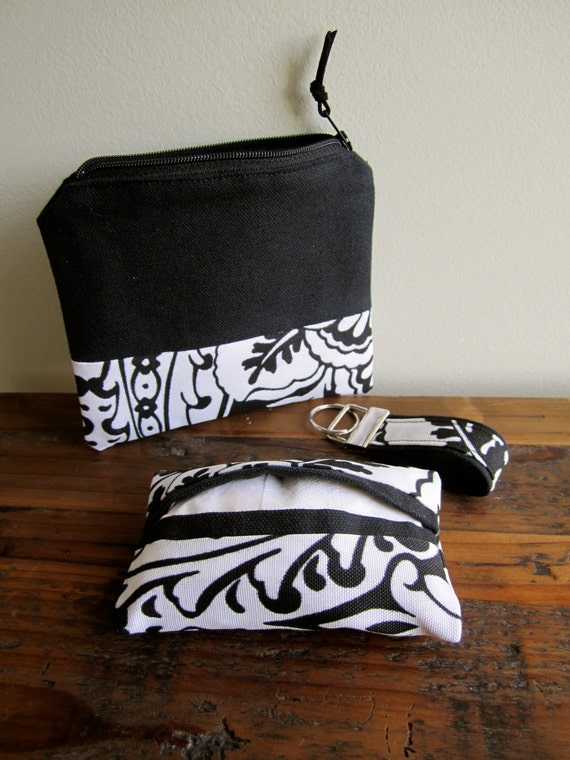
Julie of Stitches by Julie uses pricing incentives such as coupons or discounts to help her move older products. “Usually I write on the printed receipt a hand-written thank you. I try to send a small thank you gift like a tea lite candle.”
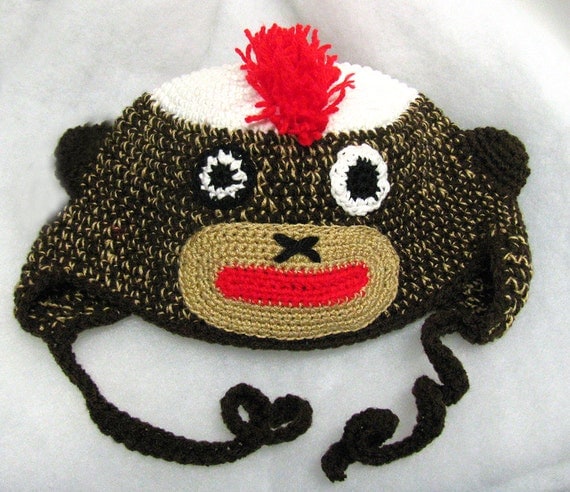
Although results obviously vary about how well giveaways in the form of thank you gifts, notes and drawings work, “It makes the decision to respond much easier,” says John St. Martin in his YouTube video presentation, The Psychology of Giveaways, Part 1. ”
Only my buyers can tell you whether they perceive additional value when they receive a package from me that includes giveaways. Meanwhile, I’ll keep recycling old calendars into gift tags. If nothing else, it gives me pleasure to be able to give new life to beautiful images. And I’ll continue to offer giveaways on this site, hoping that I’ll attract readers who will return.
© 2013 Judy Nolan. All rights reserved.

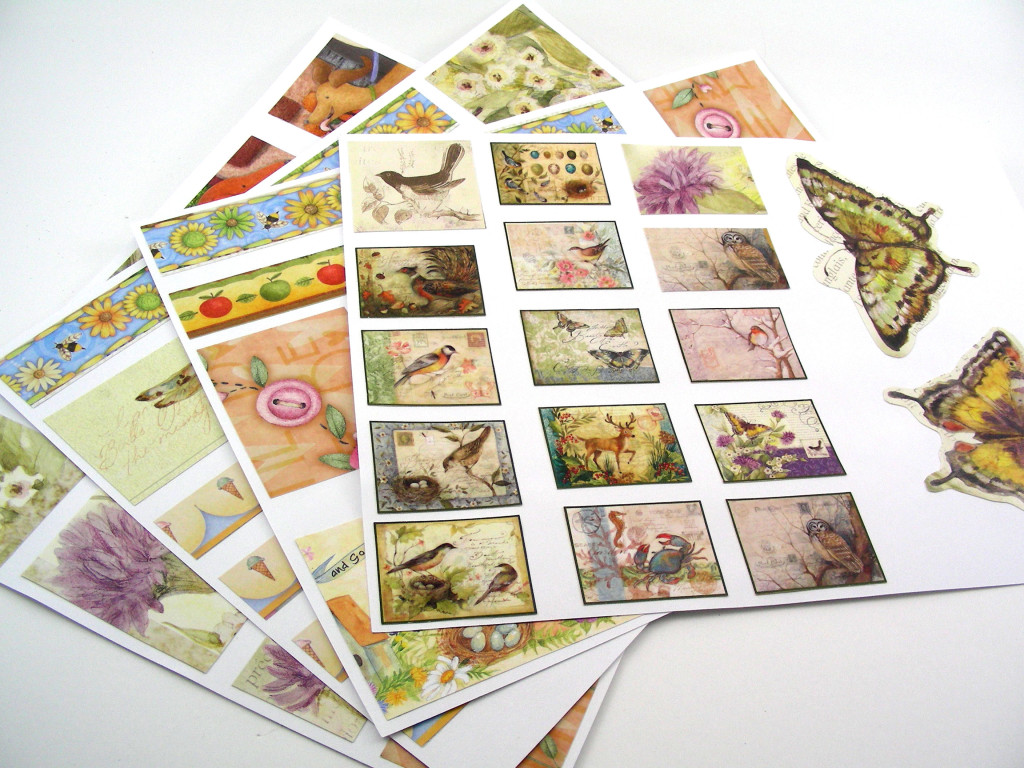
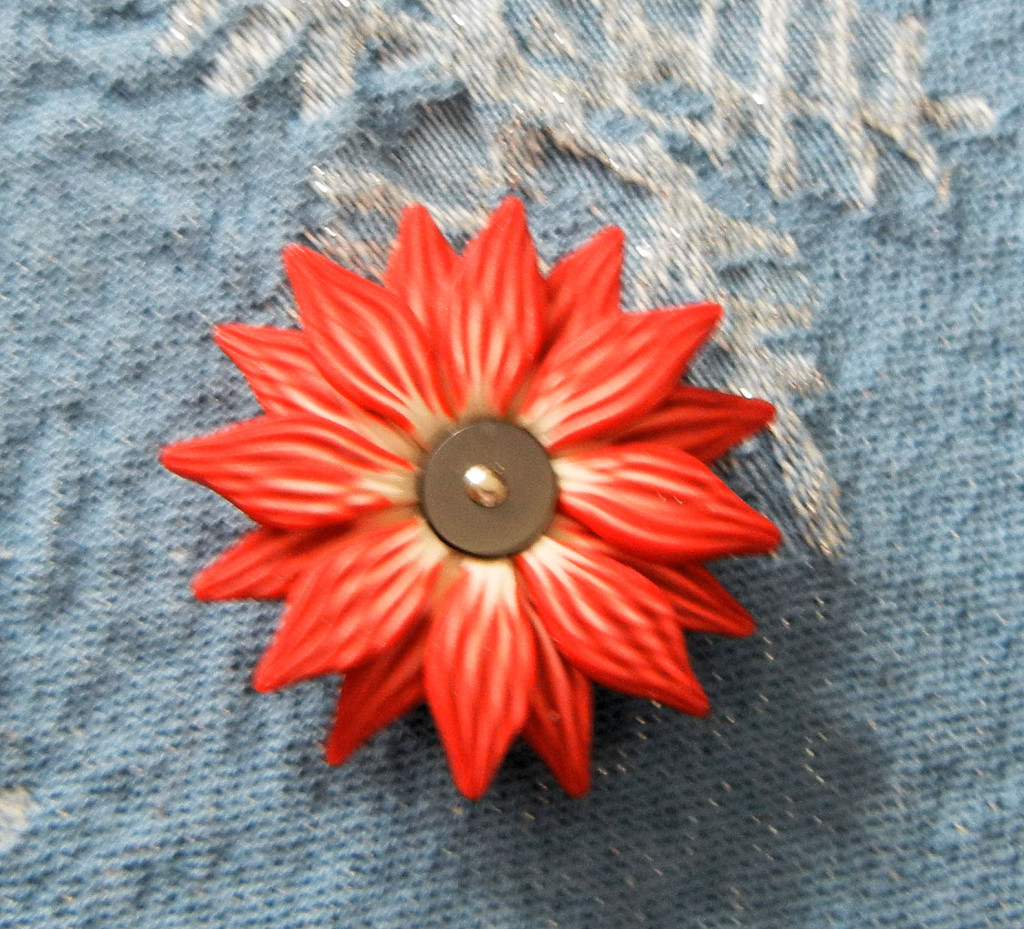
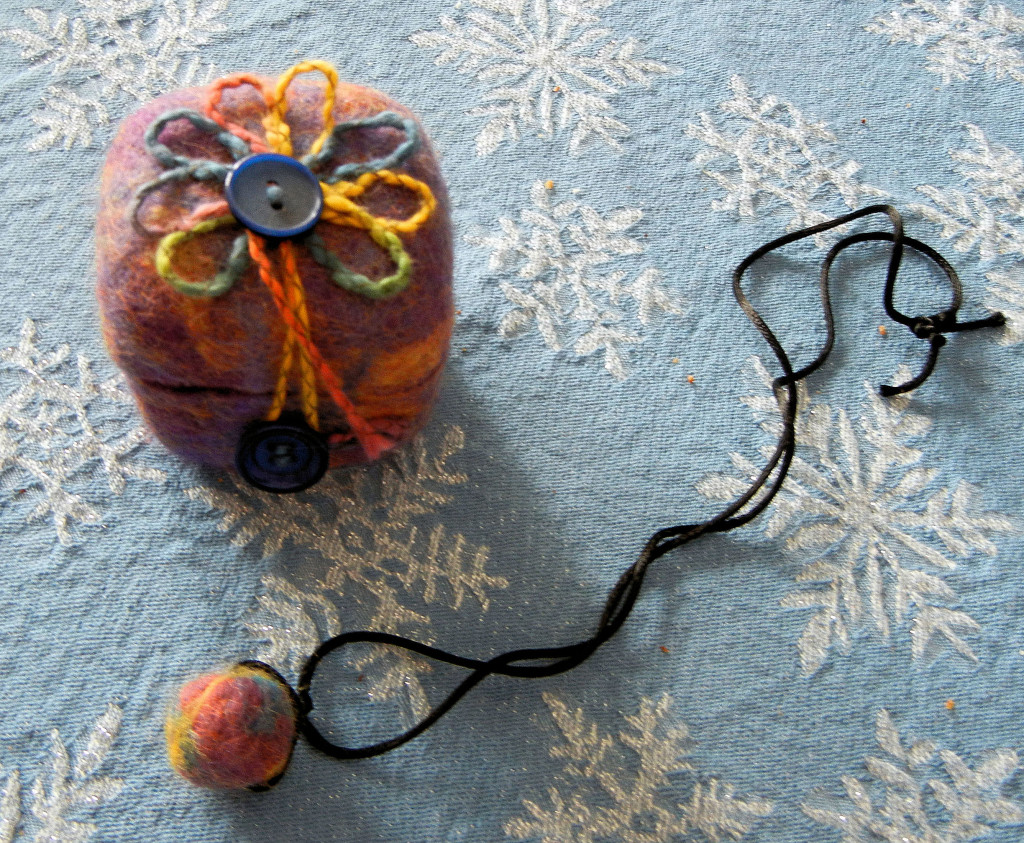
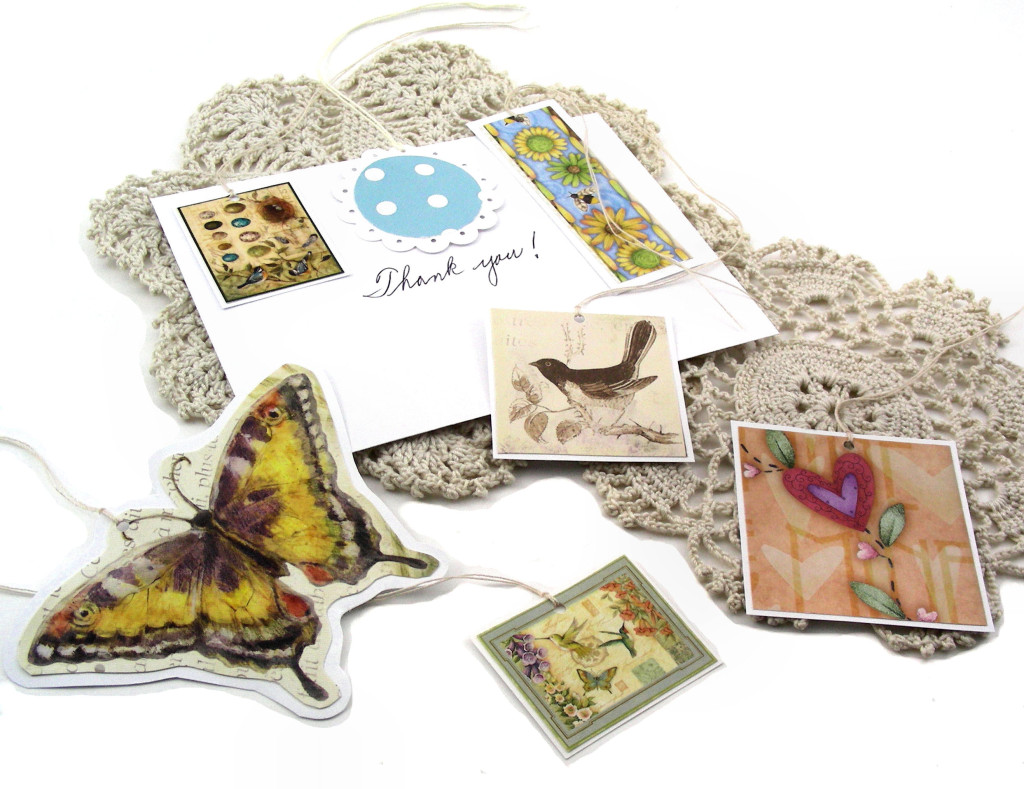
Your tags made from old calendars are so pretty! Clever idea!
Giveaways on my blog used to be very successful when I first started blogging 5 years ago. These days not so much, as more and more bloggers (in my niche) have giveaways. I find there is a certain “give-away fatigue” going on in the blogger world. Maybe even more so within the German blog community.
As far as my supplies business goes, I offer free shipping once a certain purchasing amount is reached 🙂
Great article and great marketing! I always feel special when I find that little extra something along with an item I may have purchased. Even if it is little crochet markers (which are always needed)!
Miss Zuda and her beautiful flowers and her special little gifts – hurry back 🙂
Thanks Judy for another interesting and informative Blog.
it’s nice to be reminded of all the opportunities there are to use giveaways. Thanks for including my “blurb” and photo of one of my journals. {:-Deb
Interesting points. I think it’s very important to include a hand-written thank you — it’s just good manners! Mine are on purchased blank cards that I decorate by stamping with designs that are geared toward each of my shops.
Looks like a lot of us make/send hand written thank yous to our customers. I really think this adds a personal touch to an online experience. And many times my customers will comment on the thank you note 🙂
Thanks for featuring my invitation today!
Interesting post. I send handwritten thank yous, include business cards, and include a handmade ornament with large holiday orders.
Great post! People buying a hand crafted item are already looking for something different than the big box store experience. It’s worth making a connection with a note or a small gift. It shows that you care about your work and other people, not just profits.
I like all the ideas here! I do quite a few of them, like handwritten thank yous on little cards, and sometimes a pair of free earrings. I always send a card offering a discount on return orders. I’m not sure how many return orders I get from it, but I will still do it! Also, like your idea of using up old calendars!
Great article as usual Judy! Very informative. Thank you so much for including Yankeegirl Art!